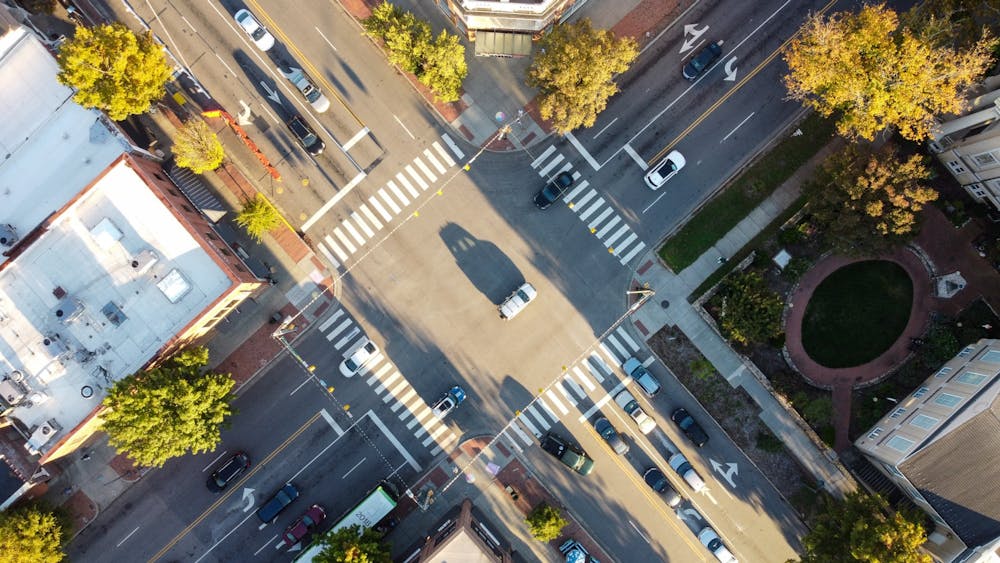Electric vehicles (EVs) are often touted as critical to the future of transportation. They emit far fewer greenhouse gases, cost less over the long term and even have cheaper maintenance costs.
All of those things are invaluable in the fight against climate change. Especially when you realize that transportation is the single largest emitter of American greenhouse gases — most of which comes from private cars.
However, we cannot continue to look at EVs as our saving grace. A car — whether electric or gas-powered — is still a car. EVs may be immediately necessary to minimize the harm caused by transportation, but they are not a sufficient, standalone solution.
The real key to minimizing our emissions is investing in transit access, densifying housing and making alternative commuting modes, such as biking and walking, safer.
Recent proposals, such as the Biden administration’s American Jobs Plan, view EV production and widespread charging infrastructure as vital to achieving a net-zero emission future. For that reason, $174 billion of the $2.3 trillion plan is slated for the EV industry.
Gov. Roy Cooper has also supported increased production of EVs. He, along with 11 other governors, issued a letter to Biden asking for a mandate that all vehicles sold in the U.S. by 2035 are zero-emission.
Both of these are well-intentioned steps in carbon reduction, but neither go far enough. EVs still contribute to a car-oriented development model. When we continue to invest in private cars, we become further entrenched in this system that fails to create safety and equity within transportation.
The only true way to minimize our emissions is to minimize our driving altogether.
Doing that requires a localized approach to transportation reform. It means redesigning our roads to prioritize non-car transportation. We need to rethink how we build and design our roadways to make them reliable for all types of users.



